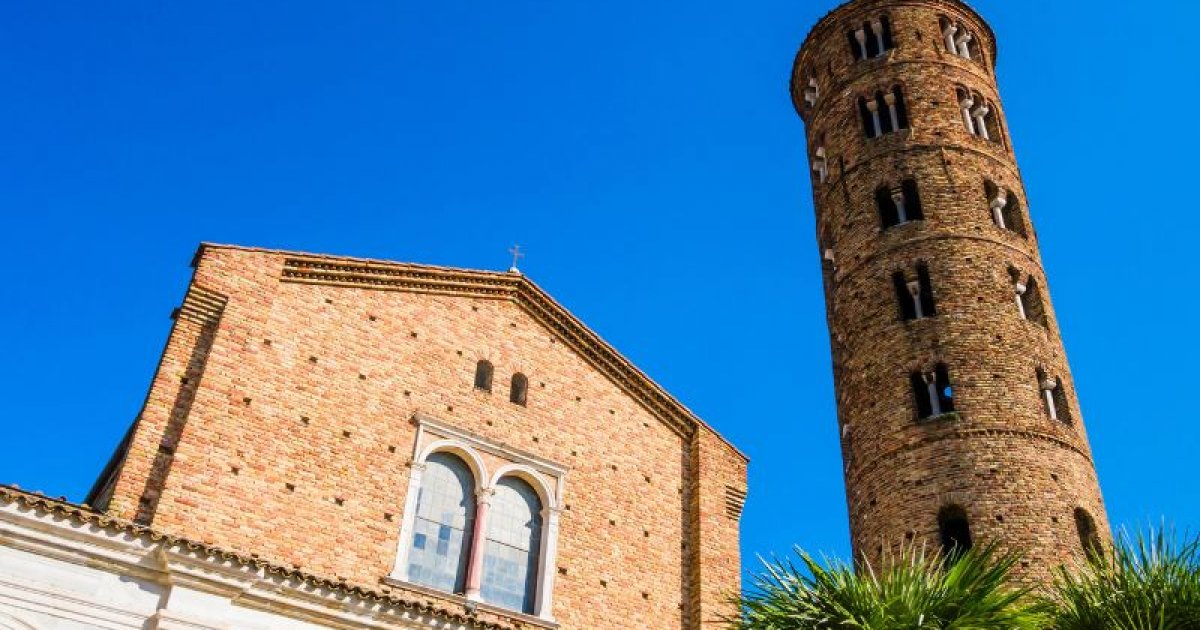BASILICA OF SANT'APOLLINARE NUOVO, Presentation And Exterior
 Language: English / USA
Language: English / USA
Hi, my name’s Rick, and I’m your personal guide. Along with MyWoWo, I’d like to welcome you to one of the Wonders of the World: the Basilica of Sant’Apollinare Nuovo.
The Basilica of Sant’Apollinare Nuovo, dating from the early decades of the sixth century, was commissioned by the Ostrogoth king Theodoric, who was faithful to the Arian cult, but around 561 it was reconsecrated to the Catholic faith.
King Theodoric built the basilica as a palatine chapel, since his royal palace stood next to it, but when his reign ended, the church was first consecrated to St. Martin and then to St. Apollinaris, who had been the first bishop of Ravenna.
In fact, you should note that there were important differences between Catholic and Arian worship that led the Catholic Church to consider Arianism a heretical religion. The main divergence was related to the figure of Jesus Christ, who for the Arians was not considered immortal, nor was he given the same importance as God.
That is why many mosaics related to Theodoric were modified to delete references to him and his beliefs.
But the changes made to the basilica are not only related to these events.
Just imagine, this church, between earthquakes and bombings, has suffered serious damage several times. For example, the apse was entirely rebuilt after World War II, while the portico against the facade and the mullioned window in the center were rebuilt after World War I.
If you walk around the building, you will notice the presence of several orders of windows along the side walls. These make it possible for the basilica to be well lit to bring out the gold of the decorations and the beauty of the marbles in the interior.
One of the most striking details of the exterior is the bell tower with a round base and different types of windows.
Look at them carefully: starting from the bottom, those on the first three levels are single-lancet windows with only one opening; going up they become mullioned windows with two openings; finally they turn into elegant three-mullioned windows.
An interesting fact: The relics of St. Apollinaris have long been disputed between the two basilicas that bear his name here in Ravenna, but as the saying goes: "between the two litigants the third enjoys." In fact, the saint's remains were transferred to Germany, except for the head and one hand kept in Ravenna Cathedral.



